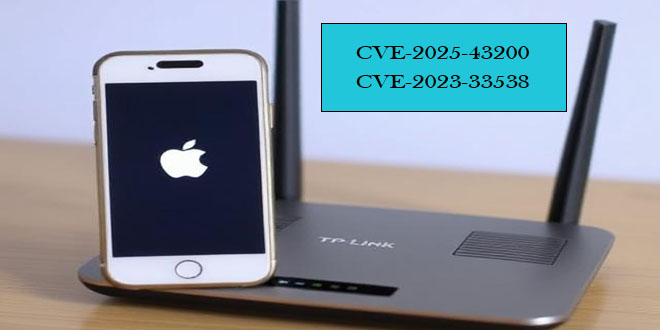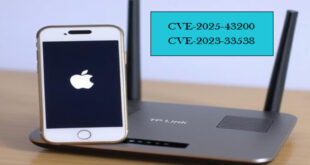Cisco has warned of a critical vulnerability, CVE-2025-20111, in several Nexus switch models. This flaw could let attackers remotely crash the devices, leading to a denial of service (DoS).
Cisco reports that a vulnerability exists due to improper handling of certain Ethernet frames. An attacker can exploit this by repeatedly sending specially crafted frames to a vulnerable device, leading to a system reboot.
The advisory states: “A vulnerability in the health monitoring diagnostics of Cisco Nexus 3000 Series Switches and Cisco Nexus 9000 Series Switches in standalone NX-OS mode could allow an unauthenticated, adjacent attacker to cause the device to reload unexpectedly, resulting in a denial of service (DoS) condition.”
The following Cisco Nexus switches are vulnerable if running a susceptible NX-OS software release:
Nexus 3100 Series Switches
Nexus 3200 Series Switches
Nexus 3400 Series Switches
Nexus 3600 Series Switches
Nexus 9200 Series Switches (standalone NX-OS mode)
Nexus 9300 Series Switches (standalone NX-OS mode)
Nexus 9400 Series Switches (standalone NX-OS mode)
Cisco has identified indicators of compromise (IoCs) related to an attack exploiting this vulnerability. If a device is targeted, administrators might see frequent failures in the L2ACLRedirect health monitoring test or the RewriteEngineLoopback test (for Nexus 3100 and 3200 Series Switches). After ten consecutive failures, system logs may show specific messages.
SWITCH %$ VDC-1 %$ %DIAG_PORT_LB-2-L2ACLREDIRECT_LOOPBACK_TEST_FAIL: Module:1 Test:L2ACLRedirect Loopback failed 10 consecutive times. Faulty module: affected ports:1 Error:Loopback test failed. Packets lost on the SUP in the receive direction.
SWITCH %$ VDC-1 %$ %DIAG_PORT_LB-2-REWRITE_ENGINE_LOOPBACK_TEST_FAIL: Module:1 Test:RewriteEngine Loopback failed 10 consecutive times. Faulty module: Error:Loopback test failed. Packets lost on the SUP in the receive direction
This is often followed by a reboot with the reason code “Kernel Panic.”
Cisco offers a workaround for this issue but warns that using it without the right NX-OS update could lead to network instability.
Cisco has issued software updates for CVE-2025-20111. Network administrators should update their affected devices promptly.
Cisco’s Product Security Incident Response Team (PSIRT) has not seen any public exploitation or malicious use of this vulnerability. However, to protect their network infrastructure, organizations should prioritize remediation.
HaveIBeenPwned Added 244 Million Passwords Stolen By Infostealers
 InfoSecBulletin Cybersecurity for mankind
InfoSecBulletin Cybersecurity for mankind














